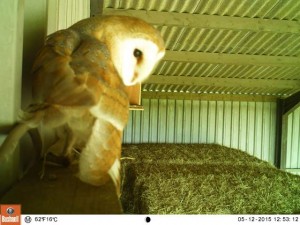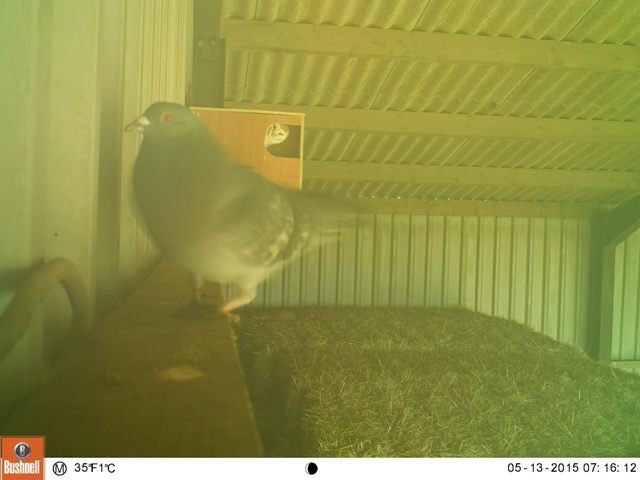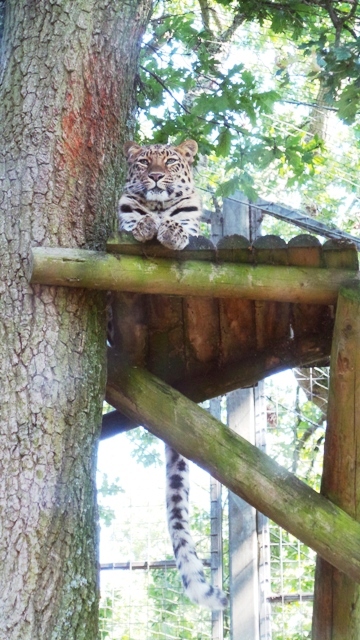Kristen Whyle
It’s hard for me to believe that my time as an MRes Wildlife Conservation student is now over and a new group of students have begun their own journeys; it was an incredible experience so I have to admit I’m slightly jealous! Everyone’s schedule differed during the 8 month research phase of the course, so here I’ll give a taste of what it was like for me.
My research project was field based in the UK and revolved around the conservation of a much-loved bird species: the Barn owl (Tyto alba). I examined how foraging habitat at both a micro-scale and at a landscape scale might affect the success of Barn owls in nest boxes in terms of occupation and breeding. The research was carried out in the South Downs National Park, where a number of man-made nest boxes have been set up, a conservation action taken to combat population declines and the loss of traditional nesting locations like old barns and hollow trees.
- Barn Owl (Tyto Alba)
Before I could start with any field work I first had to do a lot of reading, writing, and budgeting to come up with a plan of action in the form of a graded research proposal. I also had to confirm field site locations, working with the South Downs National Park Authority and private land owners. Once I had access to sites I collected GPS data on nest box locations and potential Barn owl foraging areas. I then used this data in ArcGIS to generate random locations for vegetation sampling, calculate landscape scale habitat composition around boxes, and create maps to use in my thesis.
- Nest Box, South Downs National Park
Next the bulk of my fieldwork began, which involved vegetation sampling through the use of a point frame quadrat, essentially a number of thin metal rods that are lowered through the foliage to the ground. For each rod I collected information relative to the needs of the small mammal species that Barn owls prey upon, including the number times it contacted plants and whether a layer of dead grass was present. Although collecting this data for hundreds of quadrats could get tiring, it allowed me to experience the beautiful Hampshire countryside, providing views complete with sheep, meadows and rolling hills, and when lucky I caught glimpses of wildlife including roe deer, red foxes, and stoats.
- Study site: South Downs National Park
- Study site: South Downs National Park
During fieldwork I also examined the area around nest boxes for signs of Barn Owls such as pellets and droppings, and obtained detailed occupation information from nest box checks performed by the South Downs National Park Authority. I was lucky enough to be present for some of these, which resulted in my first ever Barn Owl sightings! I also utilised camera traps to capture images of Barn Owls (and pigeons) using nest boxes, demonstrating that they could be useful tools for nest box monitoring.
When not in the field I was at Marwell Zoo assisting with data collection for a study investigating the effects of carcass feeding on the behaviour of big cats. This involved behavioural observations on Amur tigers, Amur leopards, and snow leopards. These were particularly enjoyable and especially interesting after the male and female Amur tigers were introduced together for the first time.
- Behavioural observations on Amur Leopard, Marwell Wildlife
After I finished data collection for my research project in July, time flew by full of statistical analysis, writing, figure creation, editing, re-writing and finally thesis submission at the end of August! But the work wasn’t done yet because about two weeks later were the final graded project presentations and Viva’s. Presentations were something I found daunting at the start of the course but there were plenty of opportunities to improve throughout the year. Besides course presentations I also gave a talk at the South Downs Student Conference as well as at the University of Southampton’s Conservation Club, I presented a poster at the University of Southampton’s Biological Sciences Postgraduate Symposium and I even taught primary school children about Barn Owls during a farm visit at one of my field sites. These opportunities all gave me great practice for the final presentation and leaving the course I now find presentations much more enjoyable. We all learned so much throughout the year and discussing our research accomplishments and their conservation implications with each other and our teachers from the University of Southampton and Marwell Wildlife was a great way to round it up!
Posted By : Kezia Bellamy





